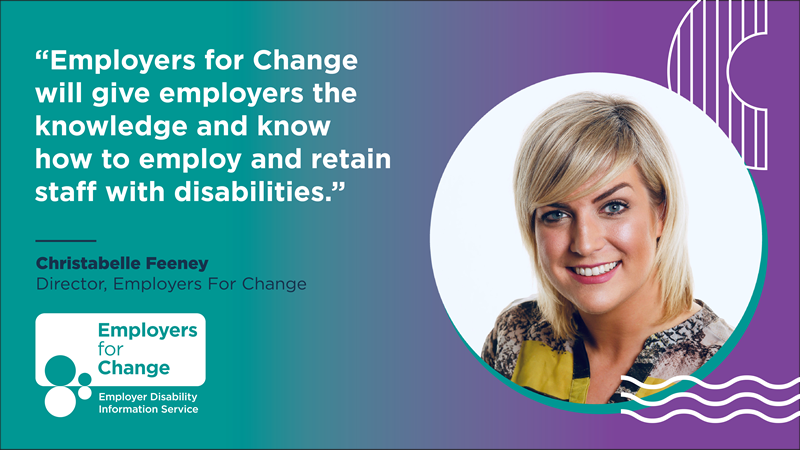While the Convention does not include a definition of “disability” or “persons with disabilities’, elements of the preamble and article 1 provide guidance to clarify the application of the Convention.
There is recognition that “disability” is an evolving concept resulting from attitudinal and environmental barriers hindering the participation of persons with disabilities in society. Consequently, the notion of “disability” is not fixed and can alter, depending on the general environment.

header 2
Second, disability is not considered as a medical condition, but rather as a result of the interaction between negative attitudes or an unwelcoming environment with the condition of particular persons. By dismantling attitudinal and environmental barriers – as opposed to treating persons with disabilities as problems to be fixed – those persons can participate as active members of society and enjoy the full range of their rights.
Link to: a nice link
- Second, disability is not considered as a medical condition,
- but rather as a result of the interaction between negative attitudes or an unwelcoming environment with the condition of particular persons.
- By dismantling attitudinal and environmental barriers – as opposed to treating persons with disabilities as problems to be fixed – those persons can participate as active members of society and enjoy the full range of their rights.
- Second, disability is not considered as a medical condition,
- but rather as a result of the interaction between negative attitudes or an unwelcoming environment with the condition of particular persons.
- By dismantling attitudinal and environmental barriers – as opposed to treating persons with disabilities as problems to be fixed – those persons can participate as active members of society and enjoy the full range of their rights.
Second, disability is not considered as a medical condition,
but rather as a result of the interaction between negative attitudes or an unwelcoming environment with the condition of particular persons.
By dismantling attitudinal and environmental barriers – as opposed to treating persons with disabilities as problems to be fixed – those persons can participate as active members of society and enjoy the full range of their rights.

